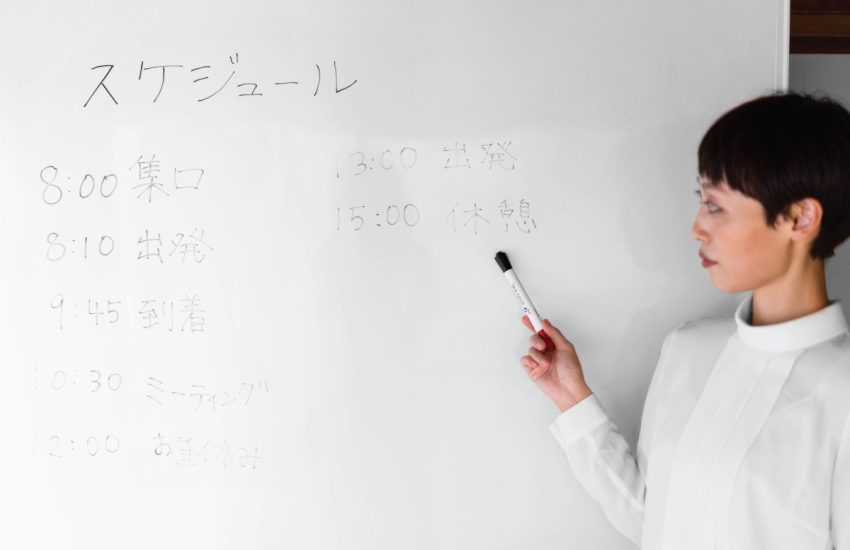Conquering Japanese conversation takes more than just memorizing vocabulary and grammar. Nailing the pronunciation is key to achieving clear communication and avoiding misunderstandings. Don’t worry, aspiring Japanese speaker! This blog unveils some valuable tips and tricks to elevate your pronunciation game.
1. Befriend the Kana:
Japanese uses three writing systems: Hiragana, Katakana, and Kanji. Hiragana and Katakana, known collectively as Kana, are phonetic syllabaries, meaning each character represents a single sound. Mastering these is crucial for pronunciation.
Focus on Vowel Sounds: Unlike English, Japanese vowels have distinct, crisp sounds. “A” is pronounced like the “a” in “father,” “i” like the “ee” in “feet,” “u” like the “oo” in “boot,” “e” like “eh” in “bet,” and “o” like the “o” in “coat.”
Consonant Nuances: Most consonants in Japanese are similar to English, but with a few key differences. “R” sounds closer to the American “d” sound, and “L” often blends with a following vowel.
2. Mind the Missing Sounds:
While Kana covers most sounds, Japanese lacks some sounds present in English.
No Double Consonants: Words like “matter” or “happy” become “materu” (待てる) and “happii” (ハッピー) in Japanese. Pronounce each consonant distinctly and avoid lingering on them.
Silent Consonants: The consonant “h” at the beginning of some words is often silent, like “nihongo” (日本語) for “Japanese language.”
3. Embrace the Short Vowels:
Japanese pronunciation relies heavily on short vowels. Don’t stretch them out like you might in English. Practice words like “watashi” (私) for “I” and “kawaii” (可愛い) for “cute,” keeping the vowels short and crisp.
4. Master the Pitch:
Japanese is a pitch-accent language, meaning the pitch of your voice can change the meaning of a word. While mastering all the intricacies can take time, focus on the basic high-low pattern. Many resources online provide audio examples to train your ear.
5. Shadowing and Mimicry: Become a Japanese Echo
One of the most effective ways to improve pronunciation is shadowing and mimicking native speakers. Find audio recordings of Japanese dialogues, pronouncements, or even songs. Listen carefully, then try to repeat exactly what you hear, mimicking the intonation, rhythm, and pitch.
6. Leverage Technology
There are several apps and online tools that can help you with pronunciation.
Speech Recognition Apps: Use language learning apps that offer speech recognition features. These apps can identify your pronunciation errors and provide feedback.
Listen & Repeat Apps: Find apps specifically designed for pronunciation practice. They offer audio recordings with slow playback options and allow you to record yourself to compare with the native speaker.
7. Find a Language Partner or Tutor:
Practicing speaking with a native speaker is a fantastic way to improve pronunciation and gain real-time feedback. Consider language exchange apps, online tutoring platforms, or joining local Japanese conversation groups.
8. Embrace the Journey:
Remember, mastering pronunciation takes time and dedication. Don’t get discouraged by initial challenges. Celebrate every small improvement, and most importantly, have fun with the learning process!
By following these tips and practicing consistently, you’ll be well on your way to achieving clear and confident Japanese pronunciation, unlocking deeper connections with the language and its culture.

